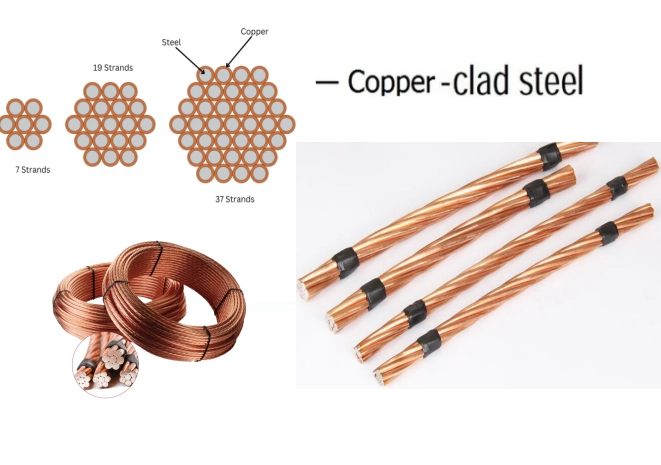When it comes to working in a laboratory, safety should always be the top priority. While most people are aware of the importance of personal protective equipment (PPE), many overlook the significance of appropriate clothing choices. In this post, we will delve into the critical aspects of what not to wear in a lab setting, ensuring that you are well-informed and prepared to maintain a safe working environment.
- Avoid Loose-Fitting Clothing
Loose-fitting clothing poses a significant hazard in a laboratory environment. Such garments can easily catch on equipment, chemicals, or other lab apparatus, leading to accidents or spills. Instead, opt for fitted clothing that allows for ease of movement without the risk of entanglement. This includes avoiding oversized shirts, baggy pants, and flowing skirts.
- Steer Clear of Open-Toed Shoes
Footwear is often an overlooked aspect of lab safety. Open-toed shoes, sandals, and flip-flops should be strictly avoided. In a lab, there is a risk of spills, dropped equipment, and exposure to hazardous materials. Closed-toe shoes made of durable, non-slip materials are essential to protect your feet from potential injuries.
- Say No to Synthetic Fabrics
While synthetic fabrics like polyester and nylon may be comfortable, they are not suitable for laboratory work. These materials can melt or ignite when exposed to heat or flames, posing a serious risk of burns. Instead, choose natural fibers such as cotton or wool, which are more resistant to heat and provide better breathability.
- Avoid Jewelry and Accessories
Jewelry, including rings, bracelets, and dangling earrings, can become entangled in equipment or come into contact with hazardous substances. Additionally, certain metals can react with chemicals, leading to dangerous situations. It is advisable to remove all jewelry before entering the lab and to keep accessories to a minimum.
- Refrain from Wearing Contact Lenses
While contact lenses may be a convenient choice for vision correction, they can pose a risk in a laboratory setting. In the event of a chemical splash, contact lenses can trap harmful substances against the eye, leading to severe injuries. It is recommended to wear prescription glasses instead, ideally with side shields for added protection.
- Limit Makeup and Fragrances
Though it may seem trivial, wearing heavy makeup or strong fragrances can be problematic in a lab environment. Many chemicals have strong odors, and the combination of fragrances can lead to allergic reactions or respiratory issues. It is best to keep personal grooming minimal and avoid any products that could interfere with lab work.
- Consider the Type of Lab Work
Different laboratory environments may have specific clothing requirements based on the nature of the work being conducted. For instance, in a biological lab, it is crucial to avoid clothing that may harbor contaminants, while in a chemical lab, protective gear such as lab coats and gloves is essential. Always consult your lab's safety protocols to ensure compliance with specific dress codes.
Conclusion
Understanding what not to wear in a laboratory is crucial for maintaining a safe and productive work environment. By avoiding loose clothing, open-toed shoes, synthetic fabrics, jewelry, contact lenses, heavy makeup, and adhering to specific lab requirements, you can significantly reduce the risk of accidents and injuries. Remember, safety is not just about following rules; it’s about fostering a culture of awareness and responsibility. Stay informed, stay safe, and always prioritize your well-being in the lab.

More Stories
Circular Economy Solutions: COMY Environmental Technology Leading the Charge
How Oil Type Transformers Enhance Industrial Power Efficiency
Indoor vs. Outdoor EV Chargers: Choosing the Right 7kW Charging Solution for Your Home